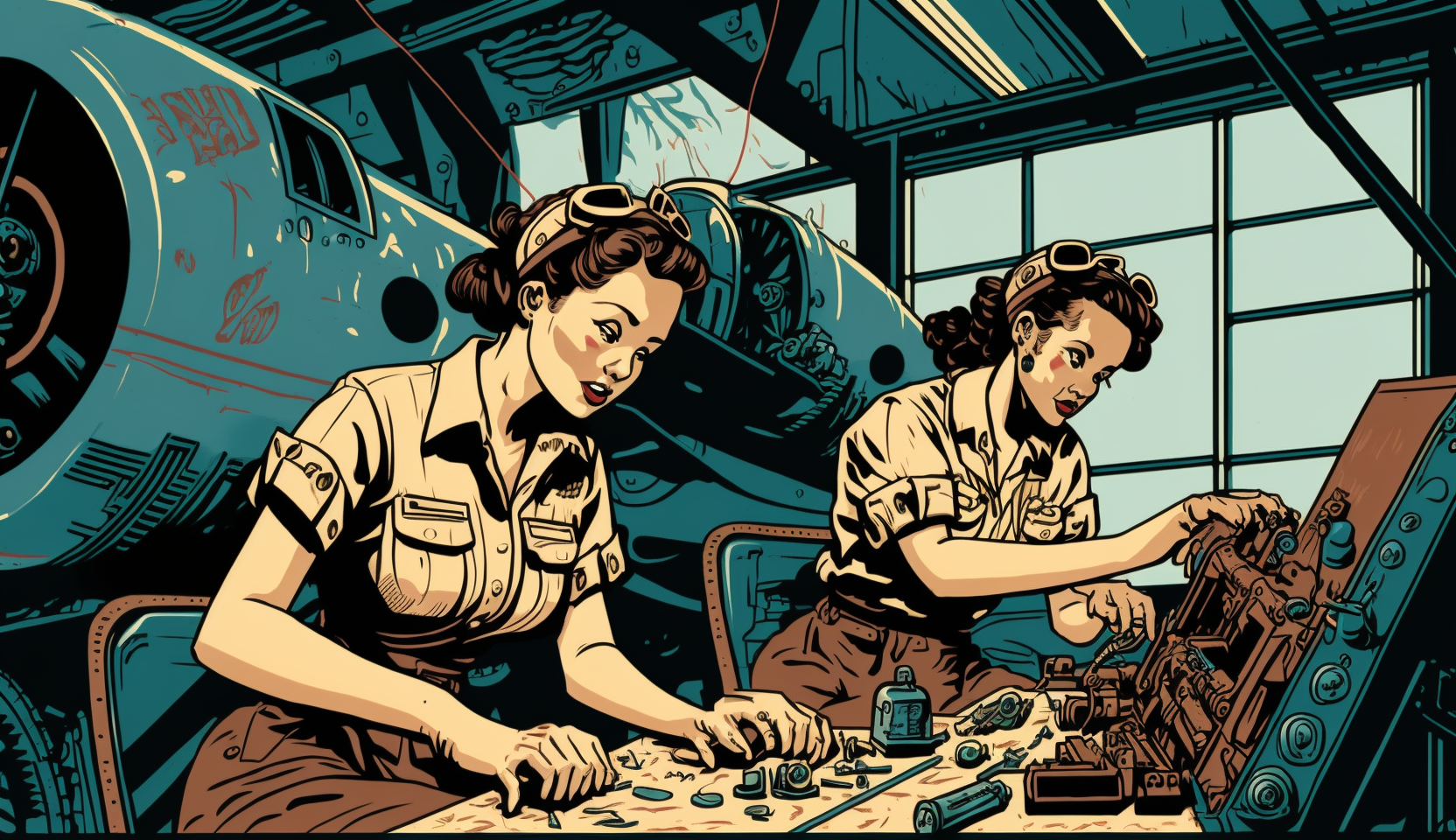
Period 7: 1890-1945
#69 - 7.1 Contextualizing Period 7
The first lecture of the unit explains the context in which America grew into its role as a world power. It covers the three major events that led to its rise on the world stage, the Spanish-American War, World War I, and World War II. The notes packet includes short answer writing practice and a secondary source analysis that uses an essay on the reforms of the Progressive era.
#70 - 7.2 Imperialism: Debates
The second lecture of the unit explains the similarities and differences in attitudes about the nation’s proper role in the world. It describes the fundamental ideologies behind the Imperialists and Anti-Imperialists, their differences and sometimes similarities in their rationale. The notes packet includes short answer writing practice, and three primary sources. For the first two, a speech by William McKinley and an essay by William James ask students to practice skills they’ll use on the DBQ. While the third, a speech by Teddy Roosevelt, includes a multiple choice question.
#71 - 7.3 The Spanish-American War
This lecture explains the effects of the Spanish American War. The notes packet includes short answer writing practice and an activity meant to help students tackle the LEQ.
#72 - 7.4 The Progressives
This lecture compares the goals and effects of the Progressive reform movement. It explains how the social movement arose as a grassroots movement inspired by muckrakers and fueled by the activities of middle-class women. The notes packet includes short answer writing practice.
#73 - 7.5 World War I: Military and Diplomacy
This lecture explains the causes and consequences of US involvement in World War I. It describes how the US joined the war despite a strong isolationist sentiment at home. It also describes how the US receded into isolationism after the war despite emerging as the most powerful country in the world. The notes packet includes short answer writing practice and a secondary source analysis activity in which students have to deconstruct the argument of a historian’s essay on World War I.
#74 - 7.6 World War I: Home Front
This lecture picks up the narrative at the end of World War I and describes the various domestic developments that happened as a result. I explains the causes and effects of international and internal migration patterns that the US experienced in the early 20th century. The notes packet includes short answer writing practice, multiple choice practice and a set of primary sources that examine lynchings of Mexican Americans in the Southwest.
#75 - 7.7 1920s: Innovations in Communication and Technology
This lecture explains the causes and effects of the innovations in communication and technology in the United States in the early 20th century. The notes packet includes short answer writing practice and a primary source showing instructions to movie theaters on screening “The Birth of a Nation.”
#76 - 7.8 1920s: Cultural and Political Controversies
This lecture begins by describing the urbanization that was happening int he 1920s and the response to continuing international migration after World War I. It also explains the causes and effects of developments in popular culture in the United States over time. It covers the two major cultural movements of the 20’s, the Lost Generation and the Harlem renaissance. The notes packet includes short answer response practice and three major works by Black writers in the 20th century. The first is “How It Feels to be Colored Me,” by Zora Neale Hurston. The second and third are poems by Langston Hughes; “I, Too,” and “Harlem.”
#77 - 7.9 The Great Depression
This lecture explains the causes of the Great Depression and its effects on the economy. The notes packet includes short answer writing practice and a secondary source analysis activity in which students deconstruct the argument of a historian’s essay on the Great Depression.
#78 - 7.10 The New Deal
This lecture explains how the Great Depression and the New Deal impacted American political, social, and economic life over time. It covers the various New Deal programs and categorizes by the goal they were meant to achieve, Relief, Recovery, or Reform. The notes packet includes short answer response practice and a secondary source analysis activity in which students deconstruct the argument of a historian’s essay on the New Deal.
#79 - 7.11 Interwar Foreign Policy
This lecture explains the similarities and differences in attitudes about the nation’s proper role in the world that arose in the lead to World War II. It analyzes how the United States chose to maintain neutrality as the fascist countries of Europe grew more aggressive and how the US attempted to help its allies fighting Germany while trying to maintain its neutrality. The notes packet includes short answer writing practice and two primary sources that illustrate both sides of the debate on entering the war. The first is a speech by Charles Lindbergh, and the second is The Atlantic Charter, signed by Franklin Roosevelt and Winston Churchill.
#80 - 7.12 World War II: Mobilization
This lecture explains how and why U.S. participation in World War II transformed society. It covers the various changes on the home front. These are primarily the economic expansion, the expansion in the role of women, and issues of discrimination. The notes packet includes short answer writing practice.
#81 - 7.13 World War II: Military
This lecture explains the causes and effects of the victory of the United States and its Allies over the Axis Powers. It covers the various military campaigns of the European and Pacific theaters as well as the decision to use the atomic bomb. The notes packet includes short answer practice and a primary source by Harry Truman on his decision to authorize the use of atomic weapons in war.
#82 - 7.14 Postwar Diplomacy
This lecture explains the consequences of U.S. involvement in World War II. It covers the favorable economic position that the United States was in after the war and the foundation for the Cold War with the Soviet Union. The notes packet includes short answer practice and a secondary source with an activity that allows students to dissect a historian’s argument.
#83 - 7.15 Comparison in Period 7
This lecture compares the relative significance of major events of the first half of the 20th century in shaping American Identity. It reviews the major developments of the first half of the century like Imperialism, Urbanization, Progressivism, economic downturn, and the two World Wars. The notes packet includes short answer practice, a primary source on the Spanish Flu, and a secondary source that compares the Influenza of 1918 to the Coronavirus pandemic.



